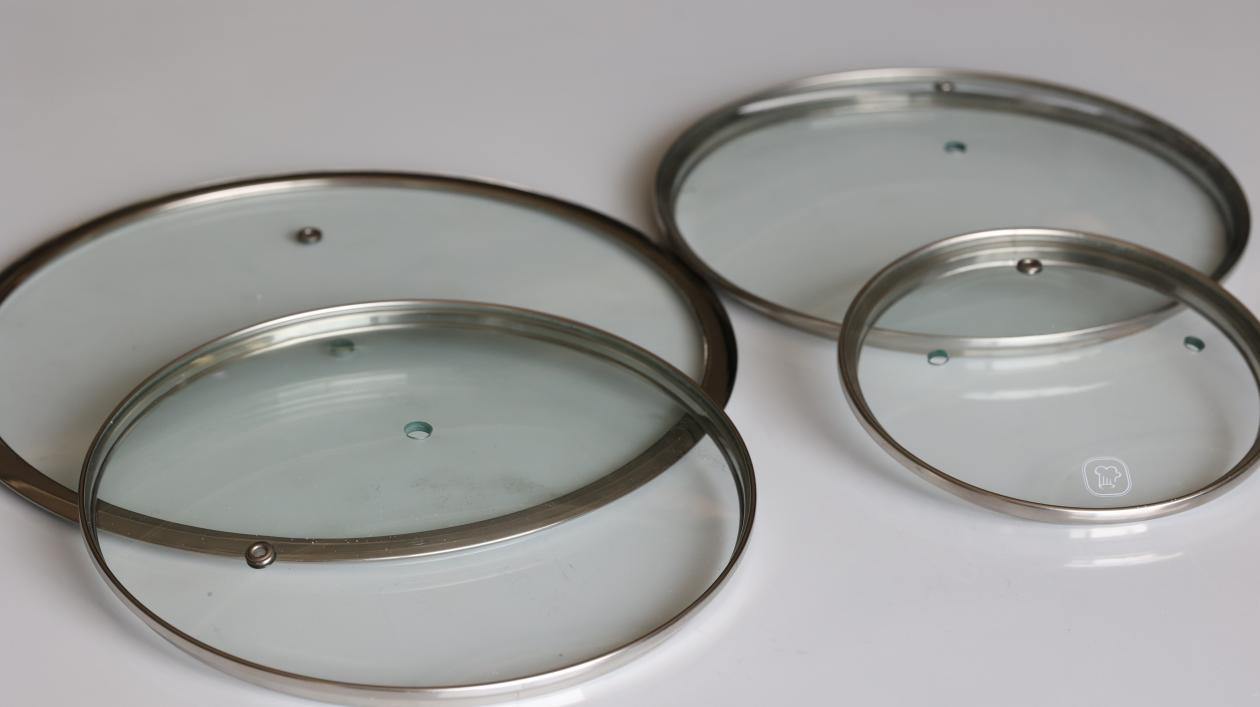- Phone:+86-17331948172 +86-0319-8862898
- E-mail: inquiry@puxingclamp.com
Dec . 05, 2024 23:32 Back to list
Reliable Hose Clamps for Concrete Pumping Applications and Efficient Workflow Management
Understanding Concrete Pump Hose Clamps Essential Components for Efficient Pumping
Concrete pumps are indispensable machinery in the construction industry, allowing for the efficient placement of concrete in various structures. One critical yet often overlooked component of these systems is the concrete pump hose clamp. Understanding the purpose, types, and best practices for these clamps is essential for anyone involved in concrete pumping operations.
The Purpose of Concrete Pump Hose Clamps
Concrete pump hose clamps play a crucial role in maintaining the integrity of the pumping system. They are designed to secure the hoses that transport concrete from the pump to the desired location. By ensuring that the hoses remain firmly in place, these clamps help prevent leaks and spills, which can lead to costly material wastage and safety hazards on the job site.
Moreover, hose clamps contribute to the overall efficiency of the pumping process. A well-secured hose minimizes the risk of disconnection or damage during operation, promoting a continuous flow of concrete. This is especially important in large-scale projects where delays can significantly impact the construction timeline.
Types of Concrete Pump Hose Clamps
There are various types of hose clamps available, each designed to cater to specific needs and applications. The most common types include
1. Metal Band Clamps These are the most frequently used type of hose clamps. Made from durable metal, they offer excellent holding power and are resistant to wear and tear. Metal band clamps can be tightened using a screw mechanism, allowing for a secure grip on the hose.
2. Plastic Clamps Lightweight and corrosion-resistant, plastic clamps are often used for smaller hoses or in environments where metal clamps might rust. However, they may not be suitable for high-pressure applications.
3. Quick-Release Clamps These clamps are designed for ease of use, allowing for quick installation and removal of hoses. They are particularly useful in situations where hoses need to be frequently disconnected and reconnected.
concrete pump hose clamps

4. Adjustable Clamps These clamps can be resized to fit different diameters of hoses, making them versatile for various applications. They are often used in situations where multiple sizes of hoses are employed.
Best Practices for Using Concrete Pump Hose Clamps
To ensure the optimal performance of concrete pump hose clamps, it is essential to follow these best practices
1. Regular Inspection Regularly check the condition of hose clamps. Look for signs of wear, rust, or fatigue. Replacing worn-out clamps promptly can prevent sudden failures during operation.
2. Proper Installation Ensure that clamps are installed correctly. Over-tightening can damage the hose, while under-tightening can lead to leaks. Follow manufacturer guidelines for torque specifications.
3. Choosing the Right Clamp Select clamps that are appropriate for the specific type of hose and application. Using the wrong type can compromise the integrity of the pumping system.
4. Maintain Cleanliness Keep the clamps and hoses free of concrete residue and debris. This not only promotes better performance but also extends the lifespan of the components.
Conclusion
Concrete pump hose clamps may seem like minor components in the grand scheme of a construction project, but their role is vital to the efficiency and safety of concrete pumping operations. By understanding their purpose, the different types available, and the best practices for their usage, operators can ensure a seamless and effective concrete placement process. Investing time in the proper maintenance and selection of these clamps will pay dividends in the success of any construction project.
-
Heavy Duty Hose Clamps: Premium Stainless Steel & Adjustable
NewsAug.19,2025
-
Large Stainless Steel Adjustable American Type Hose Clamp - Hebei Pux Alloy Technology Co., Ltd
NewsAug.18,2025
-
Large Stainless Steel Adjustable Hose Clamp - Hebei Pux Alloy|Durable Corrosion Resistance&Adjustable Design
NewsAug.18,2025
-
Large Stainless Steel Adjustable Hose Clamp - Hebei Pux Alloy Technology Co., Ltd
NewsAug.18,2025
-
American Style Adjustable Hose Clamps for Pipe & Radiator
NewsAug.18,2025
-
Large Stainless Steel Adjustable American Type Hose Clamp - Hebei Pux Alloy Technology Co., Ltd.|Corrosion Resistance, Adjustable Design
NewsAug.17,2025




